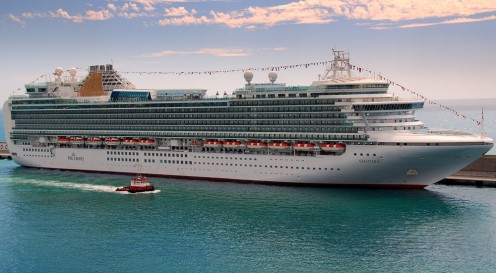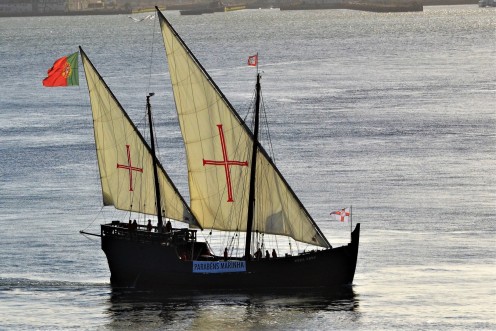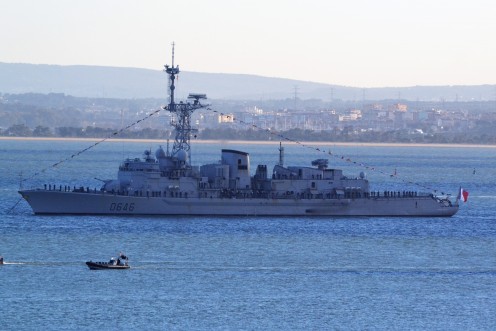Why We Enjoy Reading Historical Fiction
When you look at many of the biggest New York Times bestsellers over the years, you’ll find one thing in common. They’re all historical fiction. Take a look at the historical fiction section of your bookstore or library and you’ll find it filled to the brim.
You’ll find book titles like The White Queen by Philippa Gregory (and so many others), Outlander by Diana Gabaldon, Wolf Hall by Hilary Mantel, and so many other books out there. They’re all set in different locations and time periods.
Tudor, Stuart, Jacobite, Medieval, Colonial, Russian Revolution. All time periods find people drawn in and fascinated.
Then you’ve got the alternate history such as The Man in the High Castle by Philip K. Dick and The Boleyn King (and rest of the trilogy) by Laura Andersen. They delve into what could have been.
Just why is that the case? What is it about historical fiction that draws us towards it? Why is there such an interest in novels about people in the past?
The Past Is Fascinating
What makes the books so fascinating is that the real history is powerful and dramatic. There are stories of rich and poor characters making their way through the world. We see survival, war, power, politics, and much more. Society and class systems have developed considerably throughout the years and this leads to political upheaval, growing tensions, and drama.
It doesn’t even have to be anything major. Howards End by E.M. Forster focuses on the class systems and how each one looked at one another differently. It looks at the changes in society at the turn of the 20th century, bringing uncertainty and questions. The idea of people marrying out of their class was shocking and could lead to estrangement and banishment.
Most of us would never experience that now, bringing drama in a way that we wouldn’t see in traditional novels. There’s a simplicity but intricacy that means there’s a huge interest for historical fiction.
Textbooks Are Boring
While history is a fascinating subject, schools don’t make it fun. Textbooks are boring. There is no way that you can deny that.
Historical fiction helps to tell the tale and bring it to life. The people of the past are given personalities and backstories. Meanwhile, the characters of the fiction are real and that makes them stand out more. You want to learn more and need to see where their stories go.
Even when you know how the story ends, you need to see what happens. A story about a Scottish Highlander on the side of the Jacobites is likely to die or end up imprisoned and ill, but you need to know how he ends up there. You want to know why he chooses to fight on the side of the Jacobites.
A queen of England may end up executed, but you need to know the story that led to that. How did a seven-year fascination with one woman turn so deadly in the end?
It’s the details that are often missed out in the textbooks. They give the facts but not the story and that’s what pulls us in when it comes to historical fiction.
A Stripped Back Tale
There’s no need to think about the technology of the modern day. Historical fiction doesn’t involve explaining a new world that the author has created or set up the strange technology that has formed in their heads. Everything is stripped back and the focus is on the specific story at hand.
After all, it’s all about the character and real drama to create the story. It’s about the interaction between people; how one reaction leads to another. Even with alternate history, there’s still the stripped back element to the tale.
Most of the detail is on the clothing, architecture, sights, and sounds. There’s a rawness that helps the words and descriptions shine through, which leads to us being captivated in the tale.
Transport Ourselves Into the World
Most of us will connect to a specific character in a novel. This is the case with historical fiction, whether it’s the lead character or one of the side characters. We put ourselves in those shoes and into that tale.
This is just another way to draw us in. The tale is real; it’s based on people who have lived and died decades and even centuries before us. We can throw ourselves into the story of Mary, Queen of Scots and think of the fear, annoyance, and stress she could have felt when men routinely pushed her out and when she found herself imprisoned for almost two decades. Readers can imagine themselves as a member of King Edward III’s crusade army or one of the Knights Templar to imagine if they could survive.
By the fiction being real, there’s a real sense of life or death. This gives us a chance to determine if we’d live or survive and think about the decisions we’d make.
Thoughts of What Could Have Been
What if one thing in history could be changed? What if the Jacobites won the ’45? What if the Nazi’s won the war? What if Henry VIII had a son from Anne Boleyn? There are so many moments in history that have a “sliding door” moment.
This is something that’s so fascinating about history. Alternate history offers the chance to delve into the “what could have been”; the butterfly effect throughout time. The Man in the High Castle tells the tale decades after the end of the Second World War, while The Boleyn King trilogy gives us a tale of the aftermath from Henry VIII’s death.
While there’s a fictional tale, it’s still historical. There’s still the chance to delve into real people in history to see how things could have changed for them.
The same vibrancy and detail that traditional historical fiction has is there. We still get the same sense of architecture and class system of the past, bringing real drama out in fiction.
Historical fiction continues to be a growing interest for many. It’s a chance to delve into worlds and stories of what could have been. There’s more to just made up characters, but a look at the worlds of the past to see real drama with a fictional twist.




























